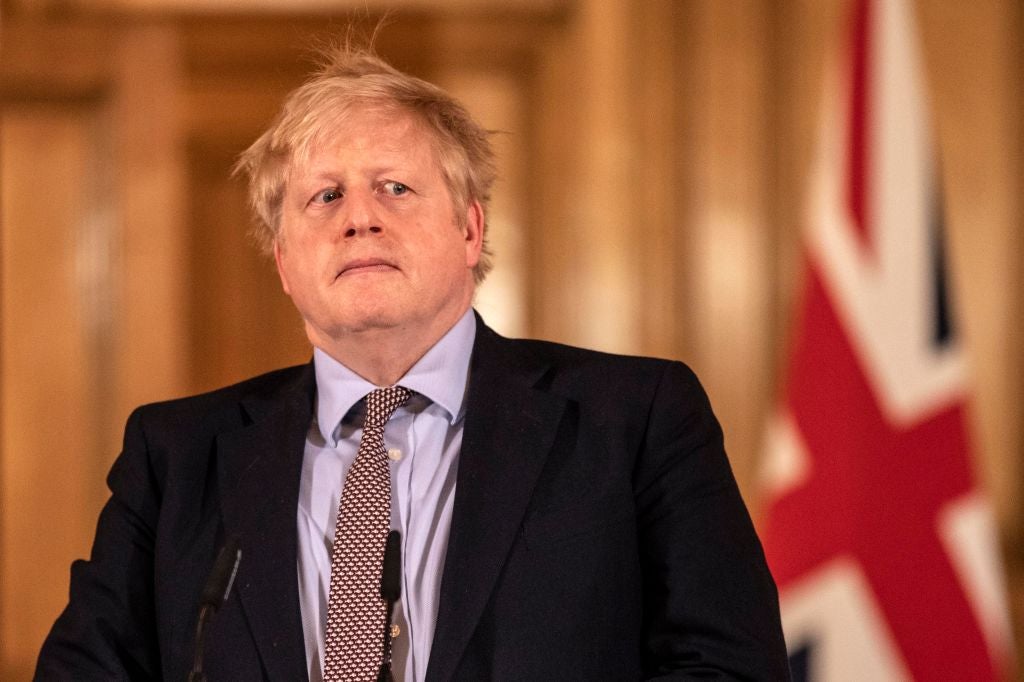The enduring myth of the ‘stalking horse’ candidate
The prime minister will not be brought down by a no-hope candidate triggering a serious leadership challenge, writes John Rentoul


One of the ways in which the fall of Margaret Thatcher continues to cast its shadow over British politics is through the enduring myth of the “stalking horse” in leadership elections.
The first intimation of her political mortality came 32 years ago in 1989, when Sir Anthony Meyer, a pro-European backbencher, stood against the prime minister for the leadership of the party. He knew he could not win, but he hoped that his challenge would encourage Michael Heseltine to join the contest.
Hence the term “stalking horse”, from the phrase referring to a hunter hiding behind a horse to get near to their prey. Sir Anthony hoped his candidacy would exploit the turmoil caused by Nigel Lawson’s resignation as chancellor, primarily over the European issue, and pave the way for the real threat to Thatcher to make his move.
Two aspects of the Conservative leadership rules at the time made the stalking-horse tactic possible. One was that a candidate needed only two fellow Conservative MPs, a proposer and a seconder, to start a contest. Remarkably, the names of Sir Anthony’s two supporters did not even have to be made public – and indeed I think they have never been.
The other was that new candidates could join the contest after the first round, if the incumbent failed to win outright, which required a winning margin of 15 per cent. So Sir Anthony’s plea to his fellow MPs, after Heseltine failed to put himself forward in the first round, was to give him enough votes to take the contest to a second round, when Heseltine could stand without being accused of disloyalty in triggering the contest.
Sir Anthony did not succeed straight away, of course, winning just 33 votes to Thatcher’s 314, with 27 abstentions. But the dam was breaking, and the following year Heseltine did stand, after Sir Geoffrey Howe’s resignation speech, only to find himself an unintended stalking horse for John Major.
The Tory leadership election rules were changed by William Hague in 1998, to protect himself from a challenge from Michael Portillo, who was then trying to get back into parliament having lost his seat in Tony Blair’s landslide. But the myth of the stalking horse lives on, and has a remarkable hold on the imaginations even of young Tory MPs who were not politically conscious at the time of Sir Anthony’s quixotic tilt.
Last week a newspaper reported, presumably on the basis of conversations with Tory MPs, that although Boris Johnson was not in immediate danger, “any leadership challenge would tend to come from a so-called stalking horse candidate – someone with no hope of winning who does not mind being vilified for being the first to wield the knife”.
There have been five Tory leadership elections since the Hague reform, so MPs really should know how it works by now. A contest starts with 15 per cent of Tory MPs (currently 55) requesting a vote of no confidence in the leader. No candidates are required to declare at this stage. If the leader loses the confidence vote, candidates put themselves forward for an eliminating ballot of MPs (new candidates may not join after the first round) until the field is reduced to two names to be put to the party members for the final choice.
The stalking horse has been sent to the tanning factory, but its ghost still haunts the collective memory.
Yours,
John Rentoul
Chief political commentator






Join our commenting forum
Join thought-provoking conversations, follow other Independent readers and see their replies
Comments